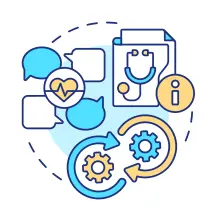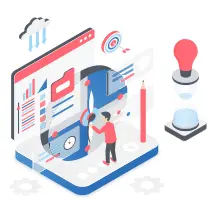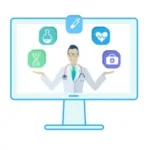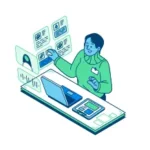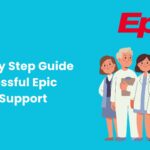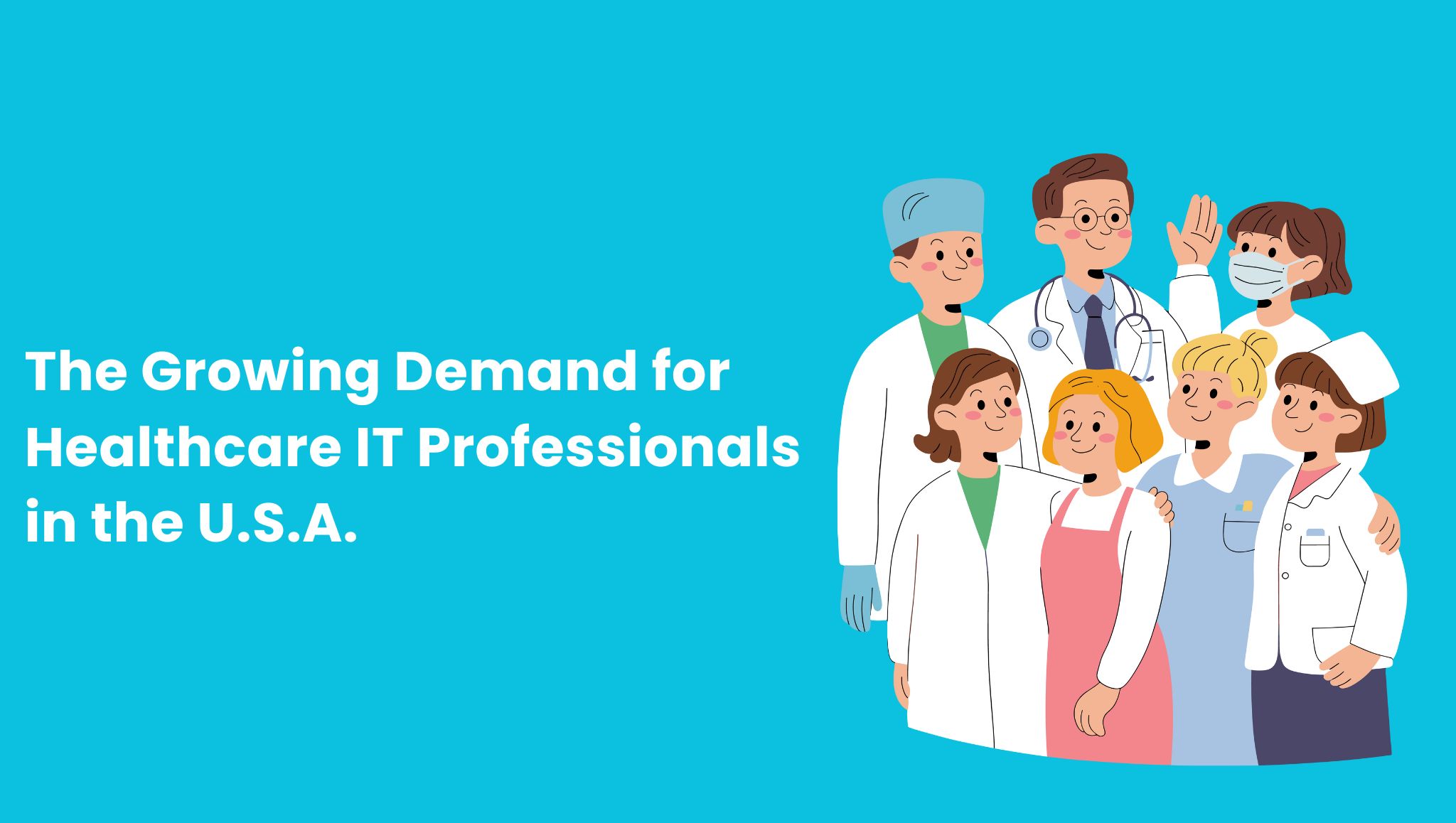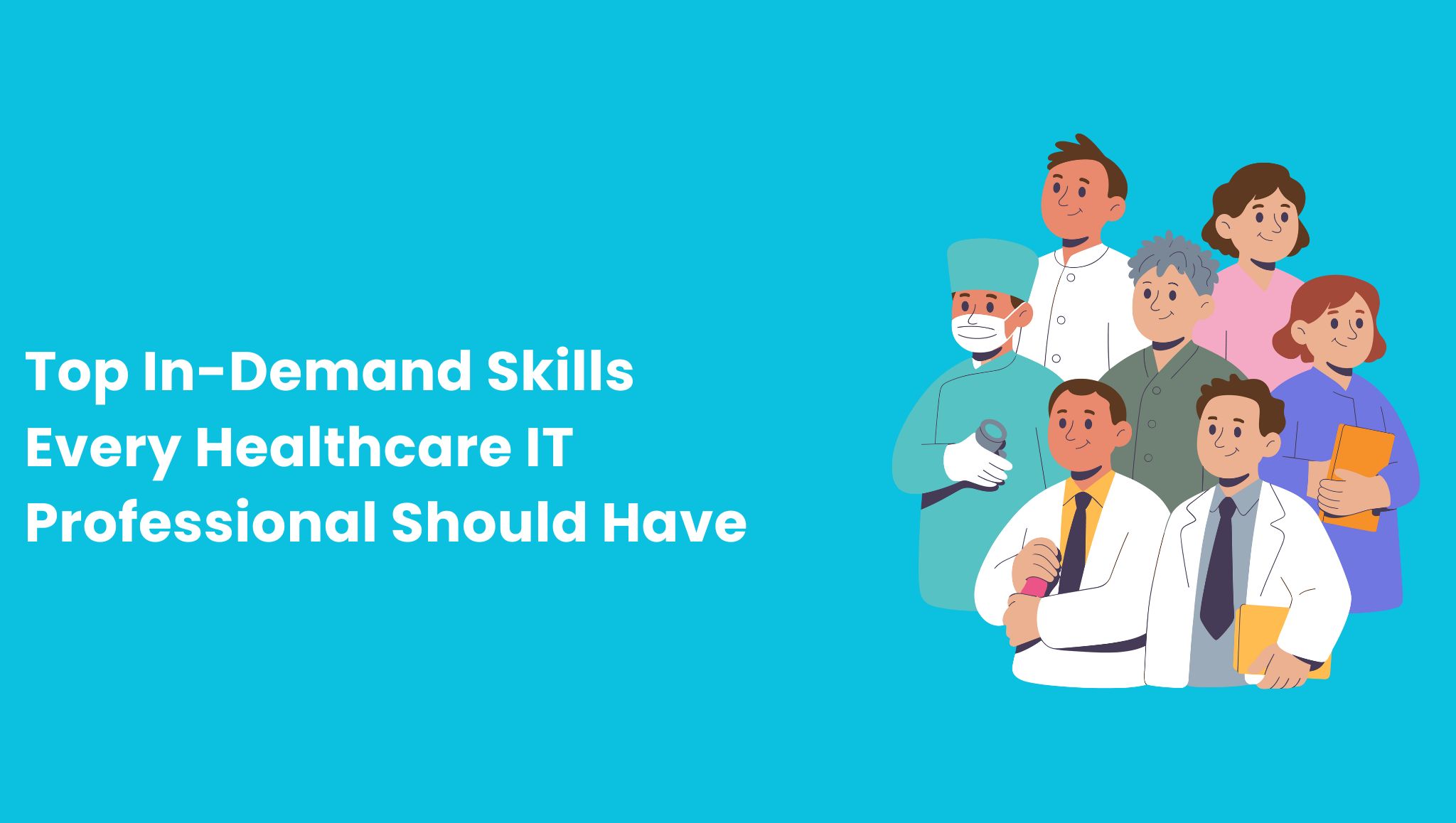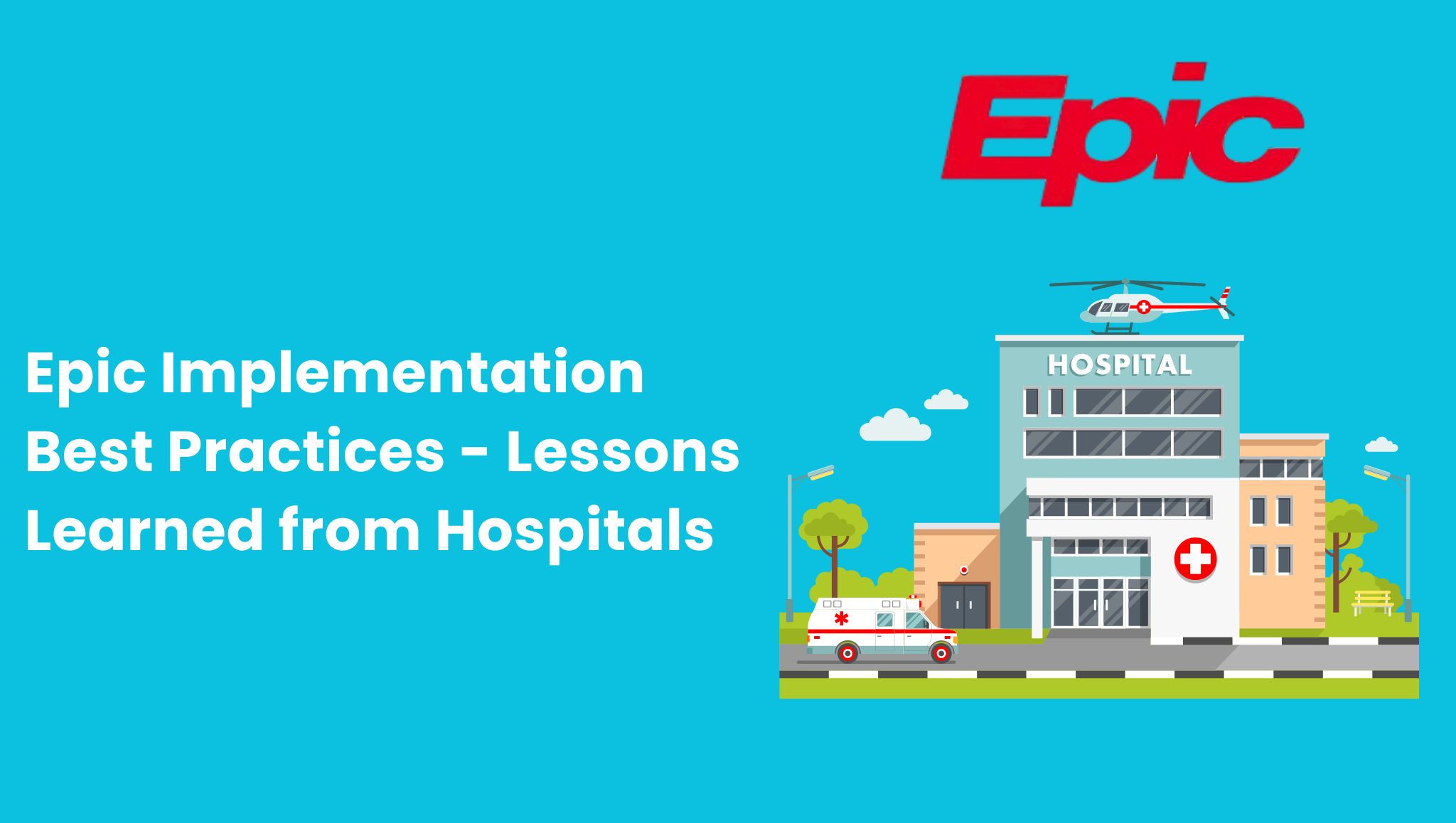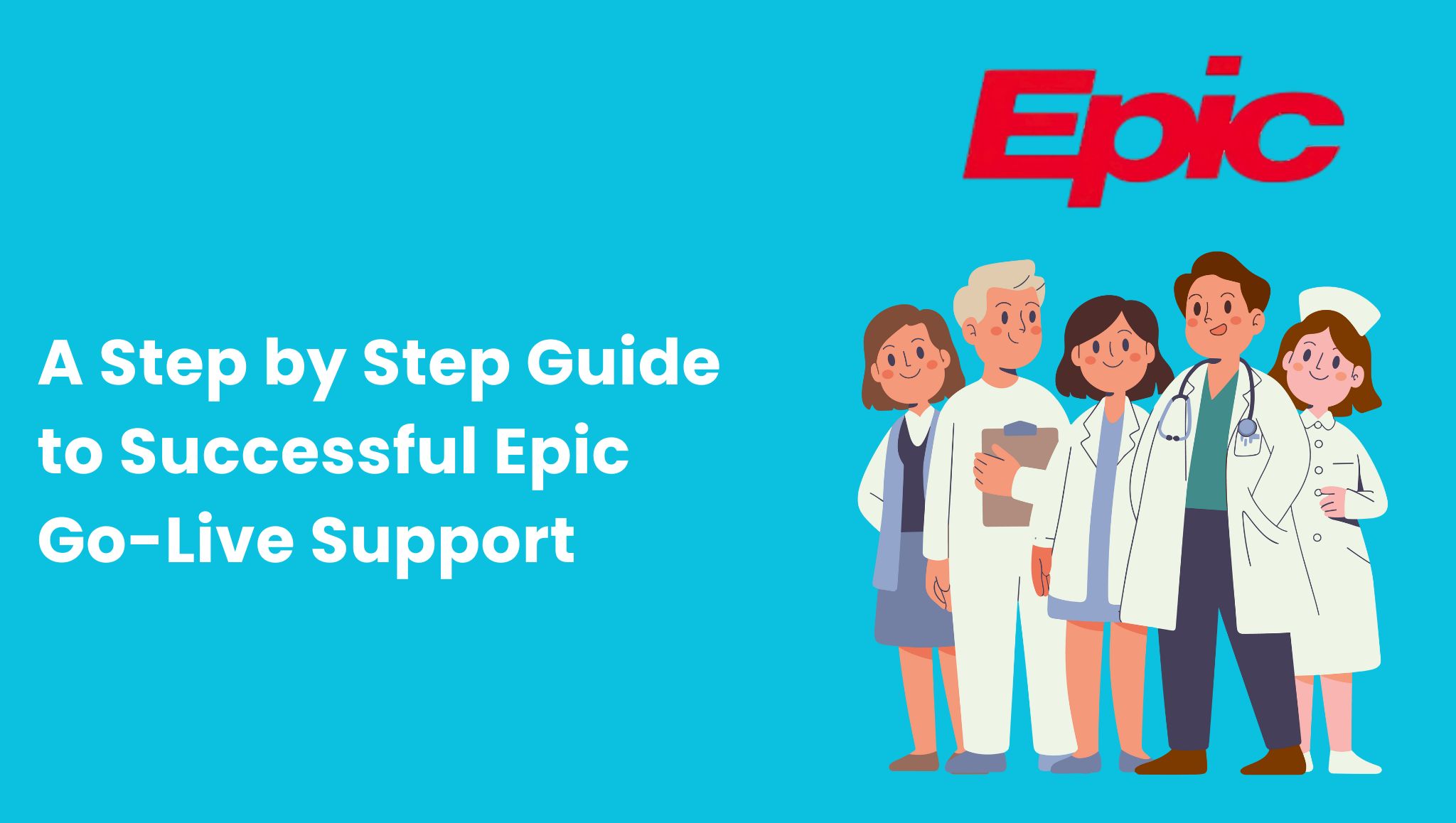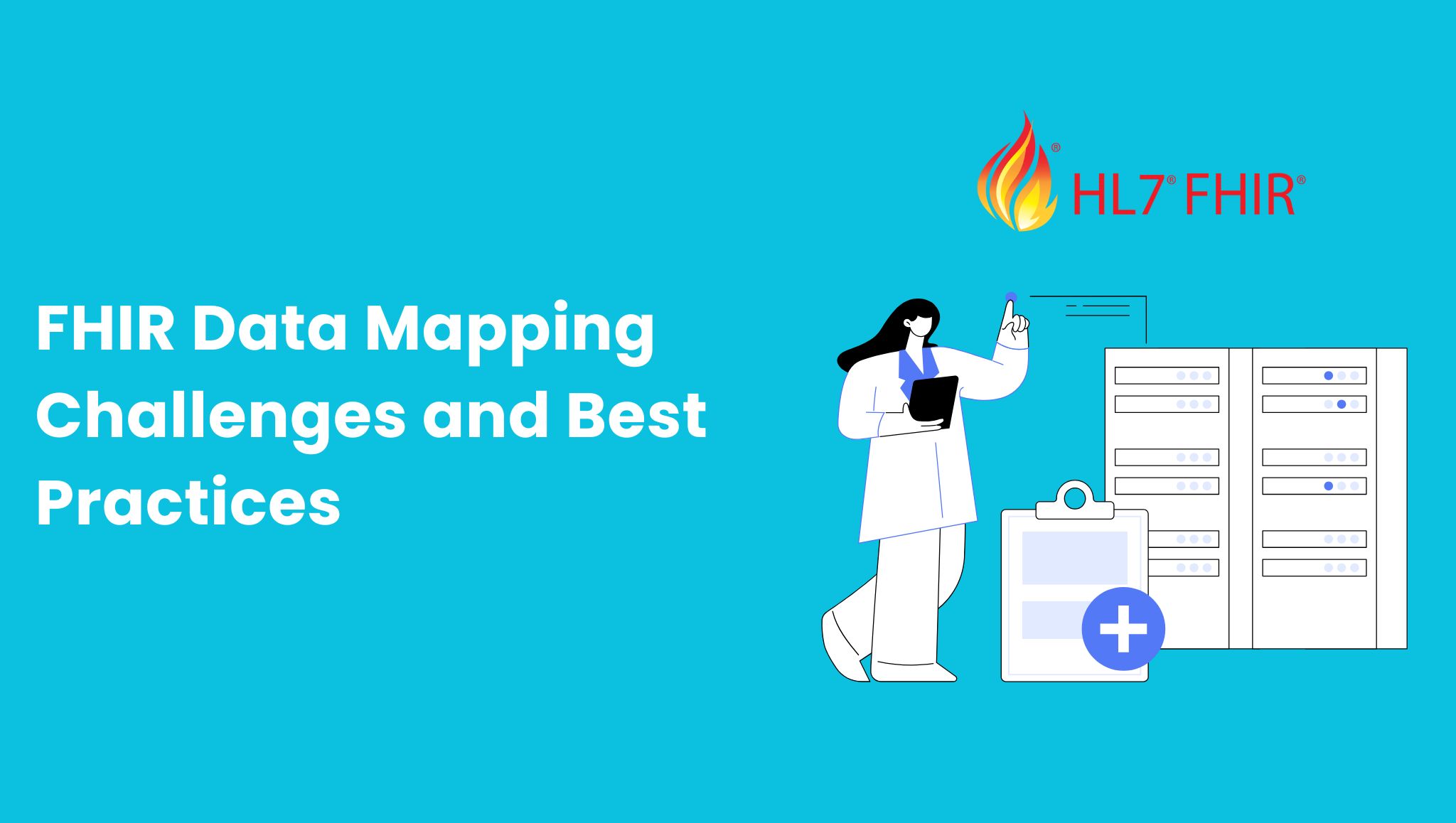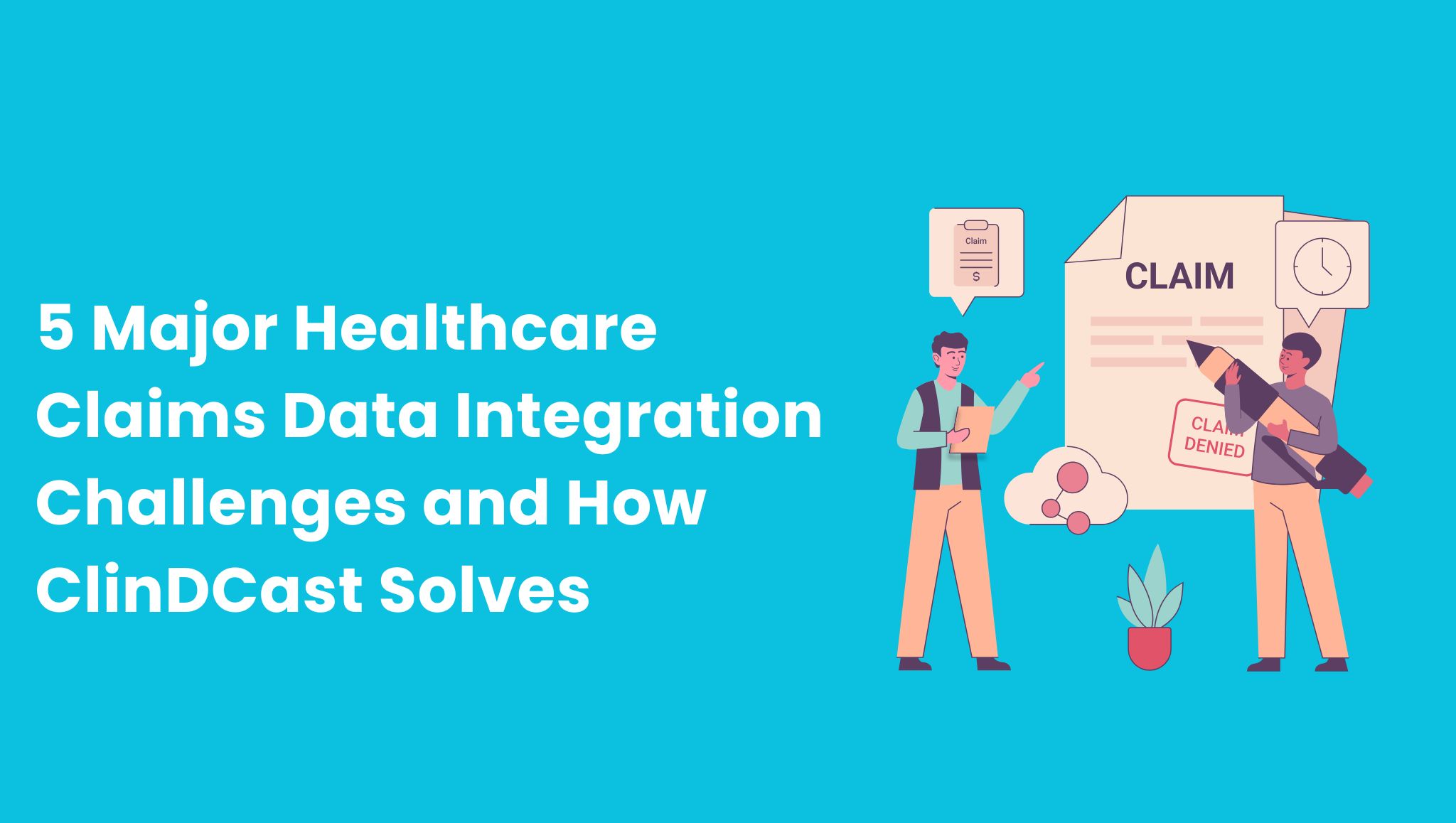
Healthcare organizations are swimming in data but starving for insight. What used to be structured billing records has now turned into billions of rows scattered across different systems and formats.
From payer portals and clearinghouses to EHR platforms, every system adds another layer of complexity. Meanwhile, CMS continues tightening rules on prior authorization, data sharing, and transparency. The result? Delayed claims, limited visibility, and frustrated providers.
ClinDCast partners with both payers and providers to turn these challenges into opportunities. By using FHIR-based APIs, automated validation, and secure data pipelines, ClinDCast helps transform claims operations into engines of speed, trust, and compliance let’s explore 5 Major Healthcare Claims Data Integration Challenges and How ClinDCast Solves.
1. Disconnected Systems and Data Silos
Why It Matters
When claims, enrollment, pharmacy, and provider data live in separate systems, interoperability breaks down. Each platform stores information differently, leading to lost context, mismatched codes, and duplicate records.
Impact
a) Incomplete or delayed claims adjudication.
b) Repeated diagnostic tests due to inaccessible records.
c) More billing errors and denials, slowing reimbursement cycles.
ClinDCast Solution
ClinDCast enables seamless data exchange through FHIR R4 and Bulk FHIR standards.
a) API connectors normalize HL7, EDI, and CSV data into consistent FHIR resources.
b) The iPaaS-based integration layer ingests multiple formats and delivers a unified claims view in real time.
c) Event-driven streaming (via Kafka or Pulsar) ensures sub-second updates, giving teams instant claim visibility.
The result: faster onboarding, more accurate analytics, and stronger payer-provider collaboration.
2. Poor Data Quality and Weak Governance
Why It Matters
Clean claims start with clean data — but many organizations still face duplication, missing fields, and inconsistent coding. Without strong governance, it’s impossible to maintain data lineage or accountability.
Common Issues
a) Inconsistent ICD-10 and CPT codes across systems.
b) Missing member identifiers or mismatched eligibility details.
c) Manual entry errors causing rejections and audit risks.
ClinDCast Solution
ClinDCast implements end-to-end data governance supported by automation.
a) Data validation rules run at ingestion, before claims reach the adjudication engine.
b) AI/ML algorithms detect anomalies, correct patterns, and merge duplicates automatically.
c) Quality KPIs like completeness, conformity, and timeliness are tracked through interactive dashboards for full transparency.
With these measures, ClinDCast ensures every claim moves through a trusted, governed, analytics-ready pipeline.
3. Legacy Systems and Technical Debt
Why It Matters
Outdated systems still run critical workloads. Many payers and providers depend on non-FHIR, non-API legacy applications that hinder interoperability and modernization. This technical debt increases compliance and security risks.
Challenges
a) Unsupported operating systems expose security vulnerabilities.
b) Custom ETL scripts delay modernization and migration.
c) Legacy EDI processes lack real-time connectivity with modern APIs.
ClinDCast Solution
ClinDCast uses a “strangler-fig modernization” approach:
a) Wrap legacy systems with modern FHIR microservices while maintaining operations.
b) Deploy lightweight adapters bridging HL7, flat-file, and API formats without full rebuilds.
c) Upgrade incrementally, aligning modernization with annual capital cycles to reduce risk and downtime.
This modular approach minimizes disruption and builds a future-ready digital foundation.
4. Rising Security and Privacy Risks
Why It Matters
Healthcare remains the top target for ransomware attacks, and claims data systems are especially vulnerable. Integration workflows often involve PHI, provider identifiers, and payment details — all valuable to attackers.
Key Risks
a) Lack of multi-factor authentication (MFA) across integration endpoints.
b) Weak encryption and tokenization practices.
c) Limited vendor oversight and inadequate incident response plans.
ClinDCast Solution
ClinDCast builds integration architecture on Zero-Trust Security Principles.
a) Enforce mutual TLS, least-privilege credentials, and API-level access scopes.
b) Encrypt and tokenize PHI in motion and at rest to maintain HIPAA compliance.
c) Conduct regular security-risk assessments (SRAs) aligned with HIPAA and CMS updates.
ClinDCast also helps clients develop incident-response playbooks and run breach simulations to strengthen resilience and compliance posture.
5. Regulatory and Prior-Authorization Pressure
Why It Matters
With CMS-0057-F taking effect, payers must manage prior-authorization requests under strict timelines — seven days for standard and 72 hours for expedited requests starting January 1, 2026. By 2027, all payers must have Prior Authorization APIs in place.
Common Gaps
a) Many payers haven’t started API implementation or transparency reporting.
b) Manual fax-based workflows still dominate.
c) Limited insight into authorization outcomes and timelines.
ClinDCast Solution
ClinDCast helps payers modernize prior-authorization workflows by:
a) Deploying FHIR-based Prior Authorization APIs integrated with EHR systems and provider portals.
b) Automating submissions, e-decisions, and appeals to remove manual bottlenecks.
c) Offering real-time dashboards tracking approvals, denials, and turnaround times for compliance reporting.
This ensures readiness, efficiency, and improved provider satisfaction — ahead of CMS deadlines.
The ClinDCast Claims Integration Framework
ClinDCast provides an API-first, event-driven architecture designed for healthcare claims modernization.
a) Integration Spine: Kafka or AWS EventBridge streams claim status events in real time.
b) FHIR Layer: Real-time transactions run through FHIR R4 endpoints with Bulk FHIR for large exports.
c) Data Quality Engine: Automates validation, transformation, and standardization at ingestion.
d) Security Gateway: Applies zero-trust controls, DLP protection, and client-level access scopes.
e) Experience Layer: Supports provider portals, member dashboards, and de-identified analytics sandboxes.
This makes integration faster, secure, and CMS-compliant by design.
The Road Ahead
Clean, connected, and compliant claims data isn’t just a technical goal — it’s the backbone of faster payments, better member experiences, and real-time operational insights.
ClinDCast’s Healthcare Data Integration and Analytics Services help payers and providers:
a) Achieve interoperability with FHIR APIs and streaming pipelines.
b) Strengthen data governance and regulatory compliance.
c) Reduce manual work and accelerate claim-to-cash cycles.
Ready to Transform Your Claims Integration Journey?
ClinDCast can help your organization move from fragmented systems to full interoperability — securely, efficiently, and ahead of regulatory timelines. Connect with our team to learn how our healthcare data integration solutions can streamline workflows and power smarter, faster decisions.
write us on : connect@clindcast.com

